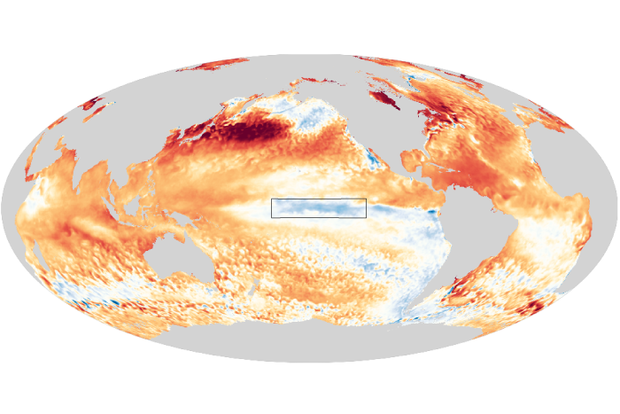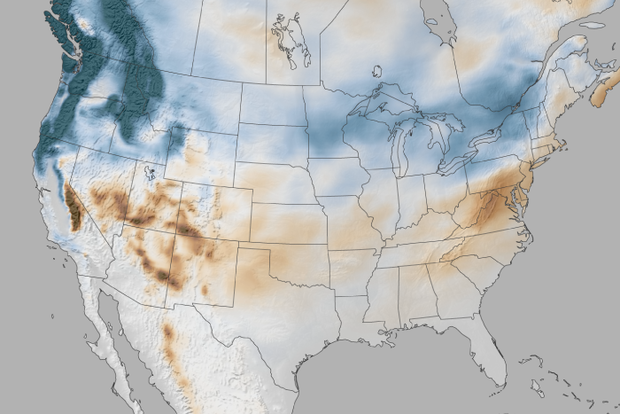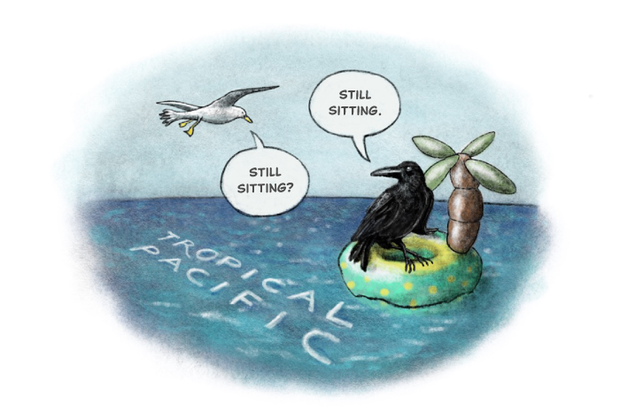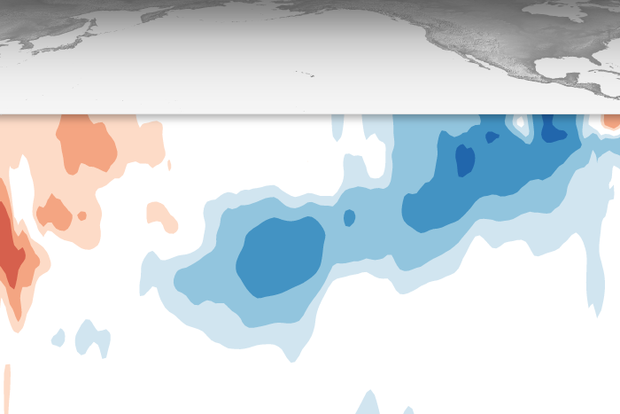ENSO Blog
There’s a 57% chance La Niña will develop soon. This is late for La Niña to arrive, and it’s very likely to be a weak event at most. However, even a weak event can influence temperature, rain, and snow patterns across the world. Today, we’ll take a tour through current conditions in the tropical Pacific and consider some of the things that might be interacting with La Niña’s development.
First things first: what’s ENSO, and why do we care so much about it?
La Niña, the cool phase of the El Niño/Southern Oscillation (ENSO), features cooler-than-average surface temperature in the tropical Pacific Ocean. The warm phase, El Niño, includes warmer-than-average surface waters, and ENSO-neutra…
Read article
I’ll cut to the chase. Spooky season is coming to an end, and people are beginning to set their sights on winter. And when it comes to winter, there’s a big, white, abominable “elephant” in the room. Snow. While you’re not going to find a seasonal snowfall prediction here at the ENSO Blog, what we can do, given that La Niña is favored this winter, is revisit the historical relationship between La Niña and snow across North America. Just promise to not take it out on your lowly ENSO Blogger if history suggests more of a winter nightmare than a winter wonderland.
Haven’t you covered this before?
Yes…and no. Back in 2017, Stephen Baxter did indeed write a very popular post on snow and La …
Read article
The tropical Pacific Ocean reflected neutral conditions—neither El Niño nor La Niña—in September. Forecasters continue to favor La Niña later this year, with an approximately 60% chance it will develop in September–November. The probability of La Niña is a bit lower than last month, though, and it’s likely to be a weak event.
Let my heart be still a moment and this mystery explore
La Niña is the cool phase of the El Niño/Southern Oscillation (ENSO), a pattern of alternating warmer (El Niño) and cooler surface waters in the tropical Pacific. Rising warm air in the tropics is what drives global atmospheric circulation, and therefore the jet stream, storm tracks, and resulting temperature…
Read article
This is a guest post by Brian Zimmerman, a climate scientist at Salient Predictions. Salient is a startup that utilizes advances in machine learning and artificial intelligence to develop and provide accurate, reliable forecasts on the subseasonal-to-seasonal timescales. Additionally, Brian serves as a decision support specialist, helping clients to navigate uncertainty in the most effective manner possible.
The nature of uncertainty
There are not too many things more frustrating in this world than unmet expectations. Your favorite basketball team has an estimated 79% chance of beating the upcoming opposition; yet, they lose, and you’re out $10 to your work betting pool. There was only…
Read article
The tropical Pacific is still in neutral, but nature continues giving us signs that La Niña is on the way, and our La Niña Watch remains. Forecasters estimate a 71% chance that La Niña will emerge during September–November and expect it will persist through the Northern Hemisphere winter. A weak La Niña is the most likely scenario.
Opening credits
While there are no plot twists since Tom’s August post—frequent readers could be forgiven for fast-forwarding this month’s update—that 71% chance of La Niña developing this autumn is a small upward tick. Also, the slower-than-expected development of La Niña is a great example of how the short-term (subseasonal) and very long-term (climate cha…
Read article




